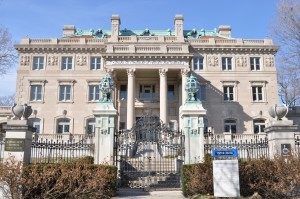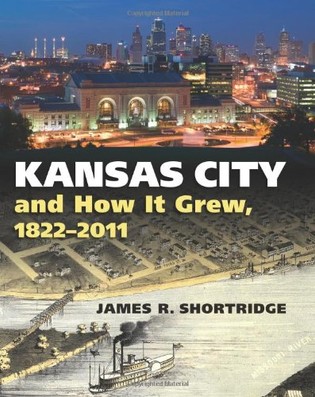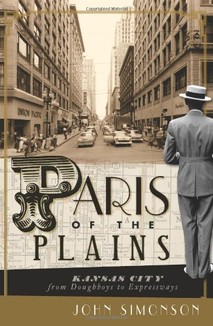Kansas City Museum
Introduction
Author-Uploaded Audio
Welcome and introduction to the museum from Executive Director Anna Marie Tutera
Text-to-speech Audio
Kansas City Museum at Corinthian Hall is Kansas City's oldest and largest museum of local and regional history. The museum is located in one of Kansas City’s first grand residences, Corinthian Hall, which was completed in 1910 as the home of Kansas City lumber baron and philanthropist Robert A. Long. Long's children gave the home to the Kansas City Museum Association in 1939 and the museum opened in May 1940 with exhibits that share the early development and growth of Kansas City and the region. The museum has more than 100,000 items in its collection, which includes a wide sampling of local history from some of Corinthian Hall’s original furnishings to the Dyer Native American Indian collection. In 1980, Corinthian Hall (the R.A. Long House) was listed on the National Register of Historic Places.
Images
Corinthian Hall is located atop a bluff overlooking the Missouri River Valley, adjacent to historic Kessler Park

James Shortridge, Kansas City and How It Grew, 1822-2011-Click the link below for more information about this book

Paris of the Plains: Kansas City from Doughboys to Expressways-Click the link below for more information about this book

Backstory and Context
Text-to-speech Audio
Robert A. Long was born in 1850 in Kentucky. He left home at the age of 18 and went west. After trying several business ventures, eventually he owned Long-Bell Lumber Company in Columbus, KS. By the late 1880s, the company needed to expand. At that time, Kansas City was a major lumber center, and its position along the Missouri River and then as a railroad terminus enabled lumber transport nationwide. By 1892, Long owned approximately fifty lumberyards, and by the early 1900s his company was shipping around 4,000 railcars of lumber annually. Long and his daughter Loula were horse enthusiasts and he helped found the American Royal, while Loula was the first woman to compete there. In the early 1920s, and together with J.C. Nichols, Long led the effort to create the Liberty Memorial which is now home to the National World War I Museum.
Long hired famed local architect Henry Hoit of Hoit, Price, and Barnes to design this home, which at a cost of $900,000 was the most expensive home built in Kansas City to that date. Mr. Long christened his new home “Corinthian Hall" in reference to the prominent Corinthian columns on the front. Other buildings on the three-acre property included a Carriage House, Conservatory, the Gatehouse Lodge, a greenhouse, and a carpenter's shed. The Longs lived in the mansion, from its construction in 1910 to 1934.
Creation of the Museum
Robert A. Long died in 1934, and the house was listed for sale. After nearly five years of no interest, the family gave the house to the Kansas City Museum Association in 1939. With the goal of converting the home into the museum, the Association came across several significant issues. In fact, although the mansion featured over 50 rooms, the Association determined that renovation was required to expand the size of the rooms to accommodate a standard museum exhibition.
These renovations hampered the building’s stance as a historic house, but during the 1950s and 1960s, it was widely regarded as one of the premier natural science museums. For a while, the museum often featured presentations and classes on taxidermy to complement its vast animal dioramas.
Now, the Kansas City Museum owns over 100,000 objects and covers a vast variety of historical subjects. Its collections and exhibits focus on local and regional history. Some of its most popular items for researchers include the 1903 Model A Cadillac (the 99th car produced by Cadillac), Miss Shizuoka the Japanese Friendship Doll (one of 58 dolls sent from Japan to the United States in 1927 as part of a doll exchange), and the Native American Indian collection of more than 2,000 Native American artifacts.
Sources
"Museum History." Kansas City Museum. Accessed June 28, 2015. http://kcmo.gov/kansascitymuseum/overview/organizational-history.
Exhibits on View at Corinthian Hall, Kansas City Museum. Accessed March 17th 2022. https://kansascitymuseum.org/current-exhibits/.
Wall texts and object labels, Corinthian Hall, Kansas City Museum, Kansas City, Missouri, accessed March 2022.
